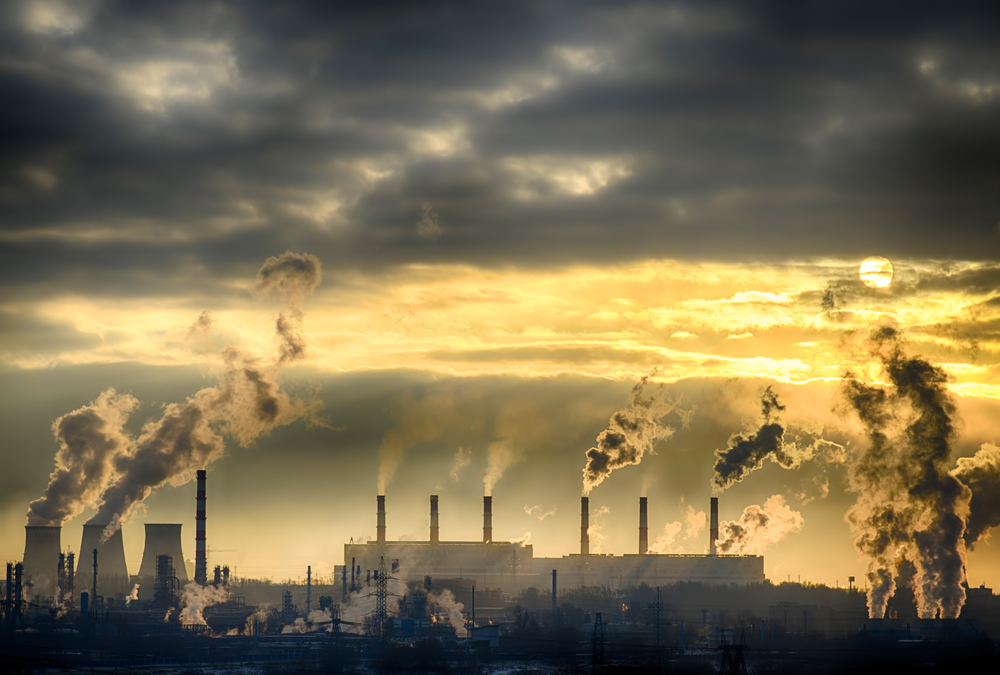On December 20, 2021, the New York State Climate Action Council unanimously approved a new draft of its scoping plan to achieve compliance with the state’s Climate Leadership and Community Protection Act (CLCPA). The Act was enacted in 2019 to continuously set increasingly more ambitious goals to reduce statewide greenhouse gas (GHG) emissions by 60% (from a 1990 baseline) by 2030. The CLCPA also sets procurement mandates for renewable resources:
- 6,000 megawatts (MW) of solar by 2025
- 70% renewable energy by 2030
- 3,000 MW of energy storage by 2030
- 9,000 MW of offshore wind by 2035
“The Council’s release of the draft scoping plan represents a significant milestone in the state’s efforts to implement policies to reduce GHG emissions and achieve the 2040 zero GHG emission target that the CLCPA sets for the electricity-generating sector,” reports a Lexology article by Greenberg Traurig LLP. “The CLCPA established the Council, a 22-member committee tasked with determining how to meet these statutory goals. The Council also established and consulted with sector-specific advisory panels and working groups to address carbon emissions in areas such as transportation, solid waste, and energy generation. By preparing and releasing the scoping plan outlining policy proposals to achieve the stated emissions reduction mandates, the Council has satisfied a critical obligation under the CLCPA and laid the foundation for state climate policy development.”
One key element of the 861-page draft scoping plan is its plans to address climate justice in its transition to a low-carbon economy. As part of the plan for addressing disadvantaged communities, the CLCPA created the Climate Working Justice Group (CWJG) within the New York State Department of Environmental Conservation (DEC). The CWJG is establishing criteria to define disadvantaged communities as the CLCPA “establishes a community air monitoring program to identify locations to deploy community air monitoring systems, to develop a strategy to reduce toxic and criteria air pollutant emissions in Disadvantaged Communities, and to select communities around the State to implement emissions reduction programs,” states the draft scoping plan. “The Climate Act also requires State agencies to ensure that permitting, licensing, contracting, and other approvals and decisions will not disproportionately burden Disadvantaged Communities and to prioritize reductions of GHG emissions and co-pollutants in Disadvantaged Communities.”
Several key themes of the plan, as summarized by the Greenberg Traurig article, are:
- “Climate-specific action will be required across all sectors, requiring significant investments, especially considering the GHG accounting methodology established by the CLCPA.
- Sector-wide energy efficiency and electrification will play a critical role in meeting emissions reduction benchmarks. For example, the integration analysis (aka cost/benefit analysis) conducted pursuant to the CLCPA envisions zero-emission vehicles and heat pumps dominating the market by the end of the 2020s. As such, consumer awareness and decision-making will be a significant factor in attaining GHG emissions reduction benchmarks.
- Wind, water, and solar will be the primary source of power generation across all sectors of New York’s economy by 2050, necessitating investments in firm, zero-carbon resources and energy storage resources to ensure grid reliability.
- Low carbon fuels such as renewable natural gas, biofuels, and hydrogen should be utilized strategically in sectors that are more challenging to electrify, such as medium- and heavy-duty transportation and industrial applications.
- The cost of inaction exceeds the cost of implementing the suite of options set forth in the draft plan by at least $90 billion when factoring in public health impacts and economic costs associated with climate change.”
“One key item up for discussion in 2022 is the adoption of economy-wide mechanisms to curtail emissions and fund the programs and initiatives identified in the scoping plan, such as a carbon tax/fee, cap-and-invest program, and clean energy supply standard,” continues Greenberg Traurig. “In evaluating the viability of these proposals, the Council will face the challenge of funding decarbonization across all sectors, while avoiding regressive impacts on consumers, leakage (diverting GHG emissions outside the state), and the creation of ‘hotspots’ in disadvantaged communities.”
The draft scoping plan became open to a 120-day comment period on January 1, 2022. The council plans to hold a minimum of 6 public hearings across the state this year and will announce details of those meetings early this year.

